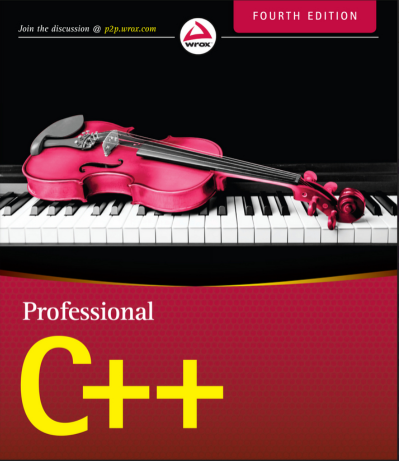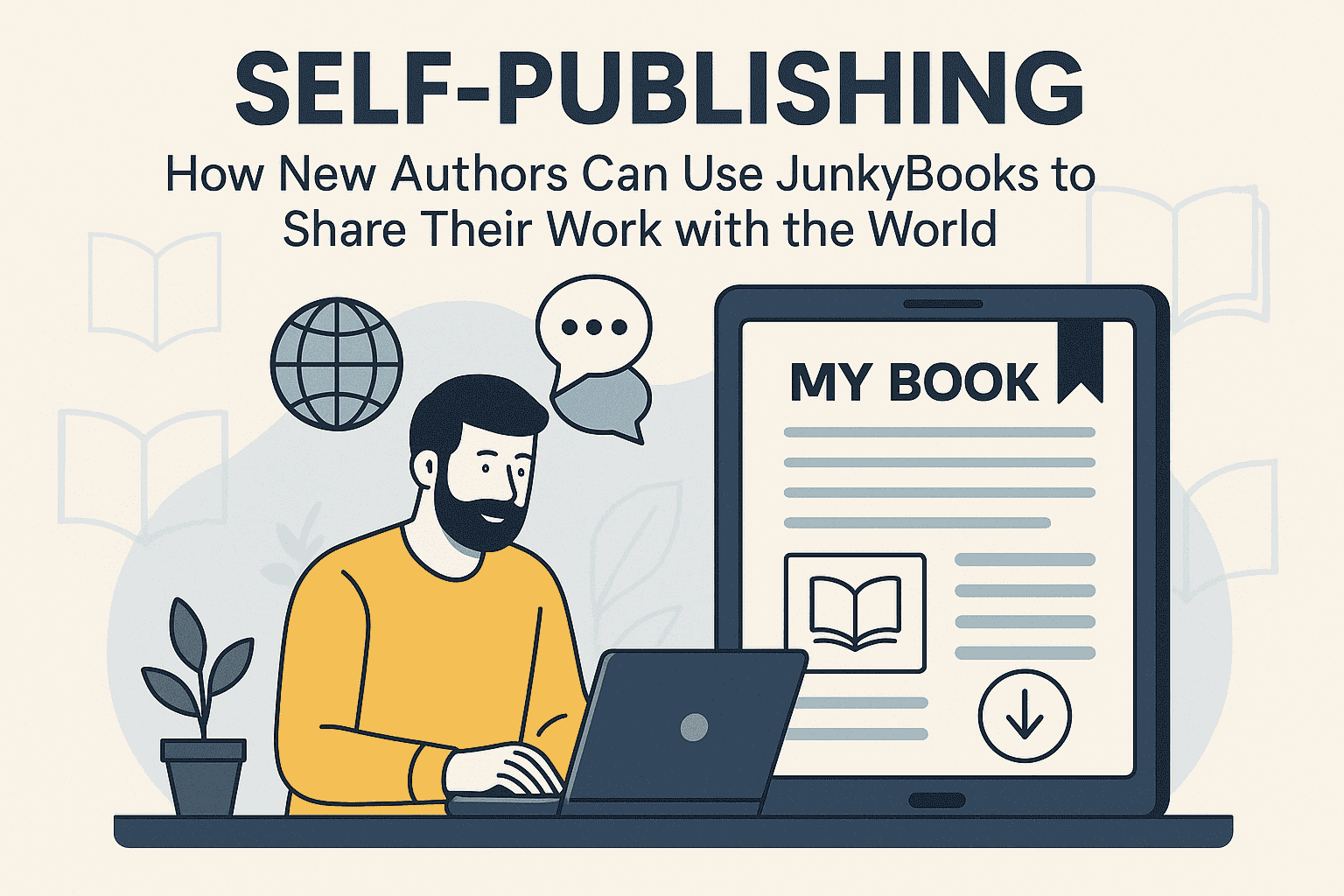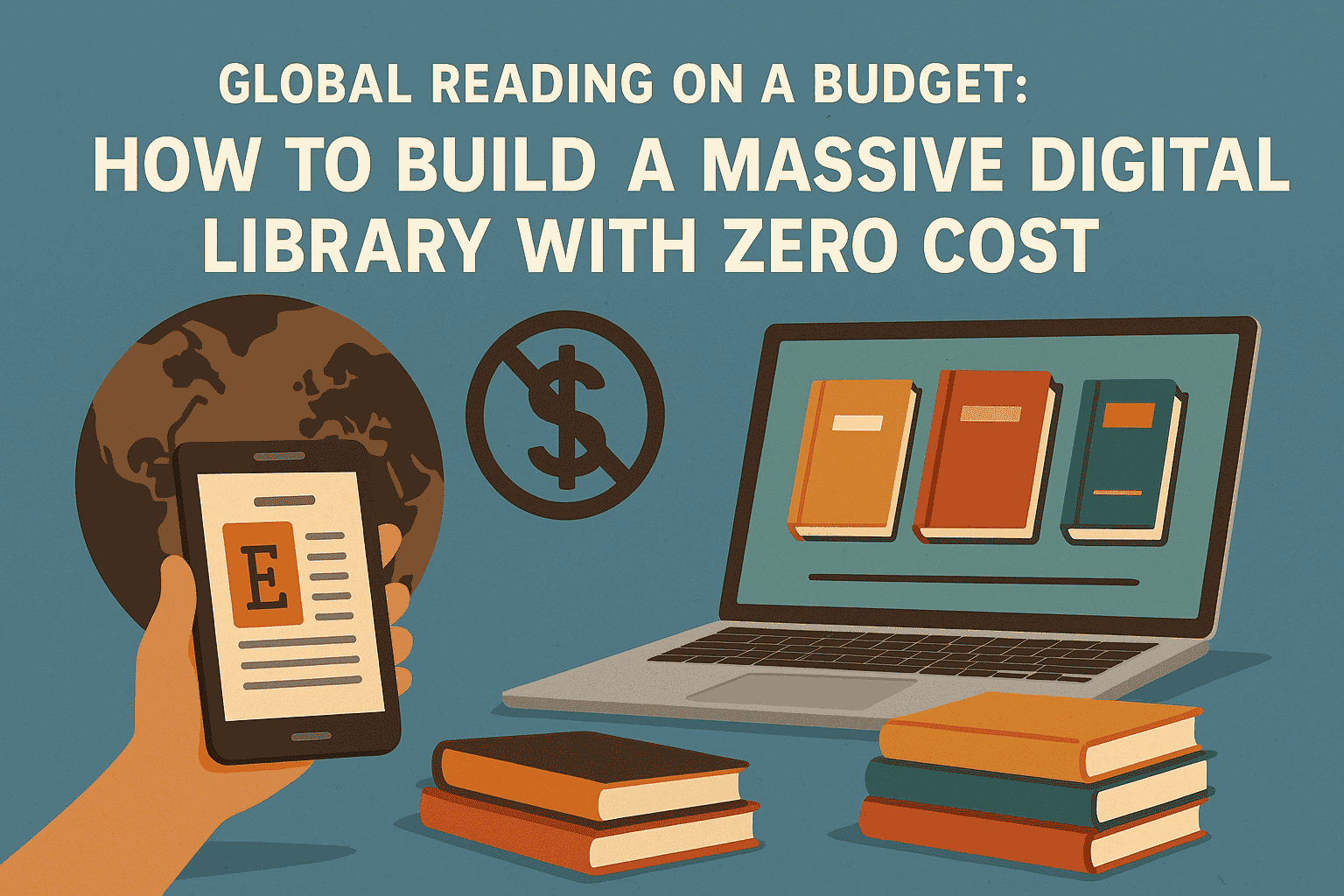Developing a Robust Financial Risk Management Framework
In the ever-evolving world of finance, uncertainty is a constant. From sudden market crashes and interest rate hikes to global pandemics and political upheavals, financial institutions and businesses are regularly faced with a wide array of risks. The secret to surviving—and thriving—in this environment is having a strong, dynamic financial risk management framework.
Whether you're a finance student, business owner, or simply someone interested in understanding how companies safeguard their capital, this guide will help you explore what it takes to create and maintain a resilient risk management strategy.
Why Financial Risk Management Matters
Let’s start with a simple truth: risk is unavoidable. Every business decision involves some degree of uncertainty. But while risk can’t be eliminated, it can absolutely be managed.
Effective financial risk management helps organizations:
-
Protect assets and income
-
Maintain stability during economic downturns
-
Build investor and stakeholder confidence
-
Comply with legal and regulatory requirements
-
Take smarter, more calculated risks
When I was helping a startup prepare for a funding round, we realized we had no clear risk management strategy in place. Our investors flagged this as a concern. They weren’t just investing in the idea—they were investing in our ability to sustain and manage challenges. That was a wake-up call, and we built a risk framework from scratch. Not only did we close the funding, but we also operated with more clarity going forward.
Understanding the Types of Financial Risks
Before you can manage risk, you have to understand it. Financial risks fall into several categories, each with its own characteristics and implications:
1. Market Risk
This arises from changes in market variables like interest rates, stock prices, or currency exchange rates. For example, a company holding foreign assets is exposed to exchange rate fluctuations.
2. Credit Risk
The risk that borrowers or counterparties will default on their obligations. This is especially critical for banks and lending institutions.
3. Liquidity Risk
The risk that an organization won’t be able to meet its short-term financial obligations due to lack of cash flow or the inability to sell assets quickly.
4. Operational Risk
Losses resulting from inadequate or failed internal processes, human error, or systems breakdowns. Think cyberattacks or mismanaged data.
5. Legal and Regulatory Risk
The risk of facing penalties due to non-compliance with laws or regulations. Financial institutions are particularly vulnerable to changes in regulation.
6. Strategic Risk
This refers to the risks associated with high-level business decisions, such as entering a new market or launching a new product.
Each of these risks can cripple a business if not properly identified and mitigated. That’s why a robust framework is essential.
Building the Framework: Step by Step
There’s no one-size-fits-all approach to financial risk management, but the following components form the backbone of a solid framework.
Step 1: Risk Identification
This is your reconnaissance phase. You can’t manage what you don’t know.
-
Conduct internal audits
-
Interview team leads
-
Analyze industry trends
-
Review past incidents
Risk identification should be both quantitative (e.g., analyzing debt ratios) and qualitative (e.g., understanding employee turnover risk).
When I worked with a mid-size logistics firm, we ran a full-day workshop just to map out potential risks. We used sticky notes on a wall, grouped by category. It was a visual, collaborative way to get everyone involved—and we uncovered several issues that hadn’t been on the radar.
Step 2: Risk Assessment and Measurement
Once risks are identified, the next step is to assess their likelihood and potential impact.
Some questions to ask:
-
How likely is this risk to occur?
-
What would be the financial and operational consequences?
-
How quickly could it escalate?
This step often involves assigning a risk score or using a heat map to prioritize threats. Financial metrics like Value at Risk (VaR), Earnings at Risk (EaR), or stress testing models are also used, especially in large organizations.
Step 3: Risk Mitigation and Control
Now comes the planning. Based on the risk assessment, you develop mitigation strategies:
-
Avoidance: Changing plans to sidestep the risk.
-
Reduction: Implementing controls to reduce the impact.
-
Transfer: Using insurance or outsourcing to pass on the risk.
-
Acceptance: Acknowledging the risk but choosing to live with it.
For example, a company concerned about interest rate hikes may hedge its exposure through derivatives. A manufacturer fearing supply chain disruptions might diversify its supplier base.
Step 4: Establish Risk Policies and Governance
A risk framework is only effective if it’s embedded in the company’s DNA. That means setting up clear:
-
Policies: What risks are acceptable? What actions must be taken when they occur?
-
Governance structures: Who is responsible for risk management?
-
Reporting mechanisms: How are risks communicated to leadership?
Many companies establish a Risk Management Committee or appoint a Chief Risk Officer (CRO) to ensure oversight and accountability.
Step 5: Continuous Monitoring and Review
Risks evolve, so your framework must too. Regular monitoring is crucial to track:
-
Emerging risks (e.g., AI-related threats)
-
Changes in financial markets
-
Regulatory updates
-
Effectiveness of existing controls
You don’t just set and forget. At the startup I mentioned earlier, we reviewed our risk matrix every quarter. That rhythm kept us alert, and when COVID hit, we were able to adapt quickly, unlike some of our competitors.
Step 6: Use Technology and Data
Risk management has gone digital, and tools like risk analytics platforms, AI-based monitoring systems, and automated dashboards can offer real-time insights.
These tools can help with:
-
Flagging anomalies in transactions
-
Predicting credit default
-
Automating compliance tracking
Adopting tech not only improves efficiency but also enables data-driven decisions that are essential in today’s complex financial landscape.
Real-Life Applications and Lessons
One of the best case studies in risk management is JPMorgan Chase. After the 2008 financial crisis, the firm revamped its risk management strategy to be more integrated and forward-looking. Today, it employs thousands of risk professionals globally and uses sophisticated models to manage everything from market risk to cybersecurity threats.
On the flip side, the collapse of Lehman Brothers is a stark reminder of what happens when risk is ignored or underestimated. Poor leverage control, blind spots in subprime mortgage exposure, and lack of transparency created a perfect storm.
These examples underline a key lesson: strong risk management isn’t just about avoiding loss—it’s about enabling resilience and long-term success.
The Human Element in Risk Management
Even the best models can’t replace human judgment. Financial risk management requires collaboration across departments—from finance and compliance to IT and HR.
Training employees on risk awareness, encouraging a culture of transparency, and empowering teams to report issues are all vital. Risk management is everyone’s responsibility—not just the C-suite’s.
Final Thoughts: A Culture, Not a Checklist
Developing a robust financial risk management framework is more than a compliance requirement—it’s a strategic advantage. In today’s volatile markets, businesses that are prepared for uncertainty can pivot faster, adapt smarter, and recover stronger.
If you're looking to explore more on financial literacy, risk theory, or business case studies, junkybooks is your go-to source. We believe learning about finance shouldn't feel like reading a spreadsheet. It should feel like unlocking the playbook of how the world works.
So the next time you hear about a company weathering a storm or emerging from crisis stronger than before, you’ll know—they didn’t get lucky. They had a framework. And now, you can build one too.








